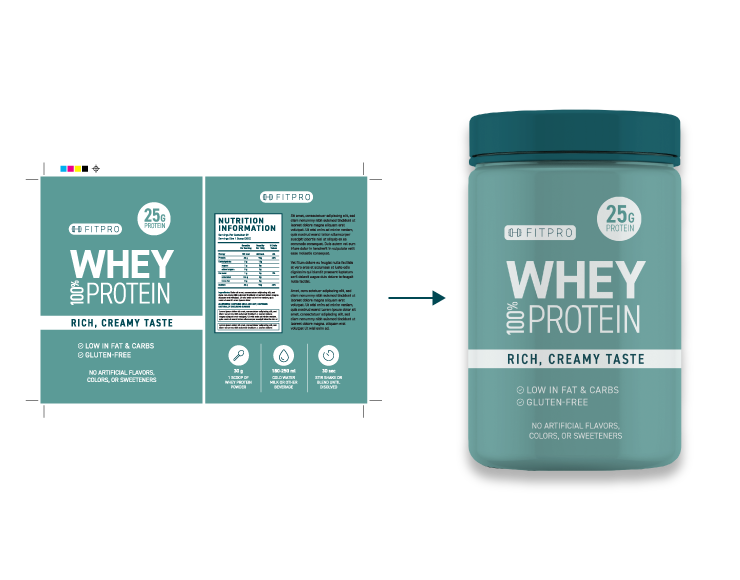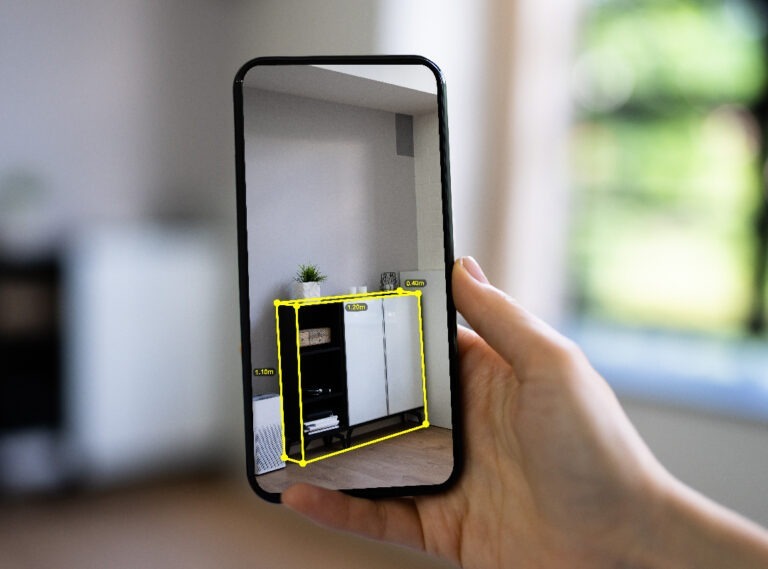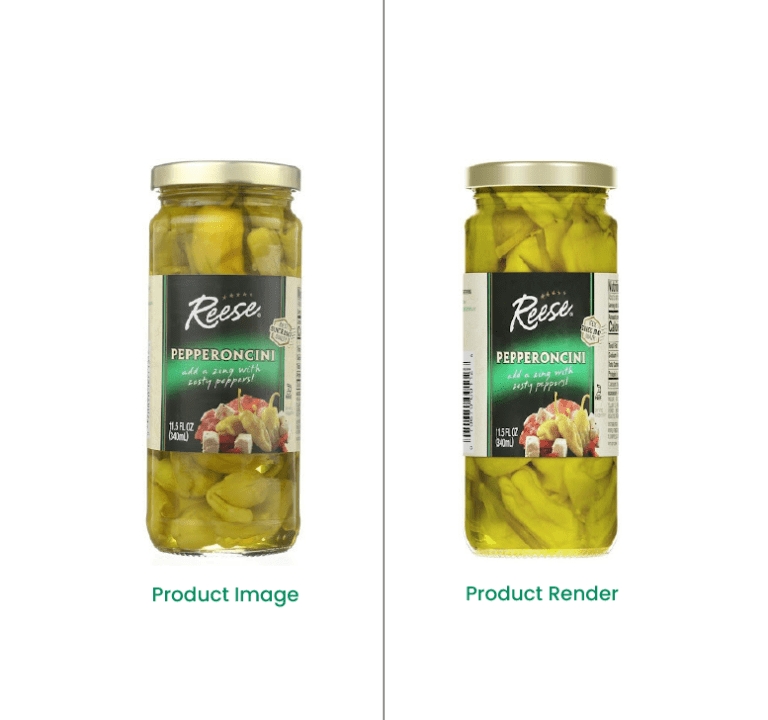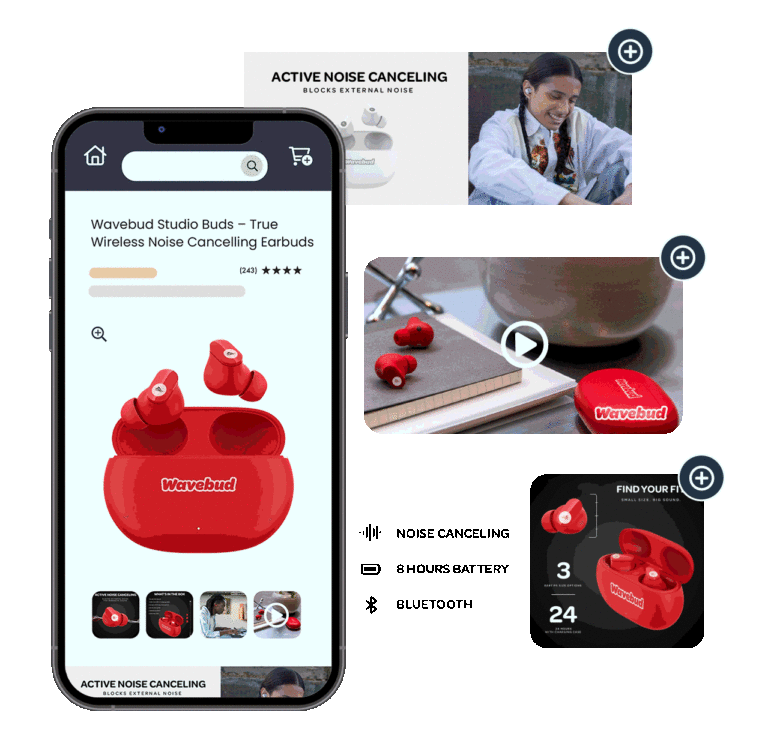E-Commerce Product Photography Guide To Taking The Best Product Photos in 2023
January 28, 2022
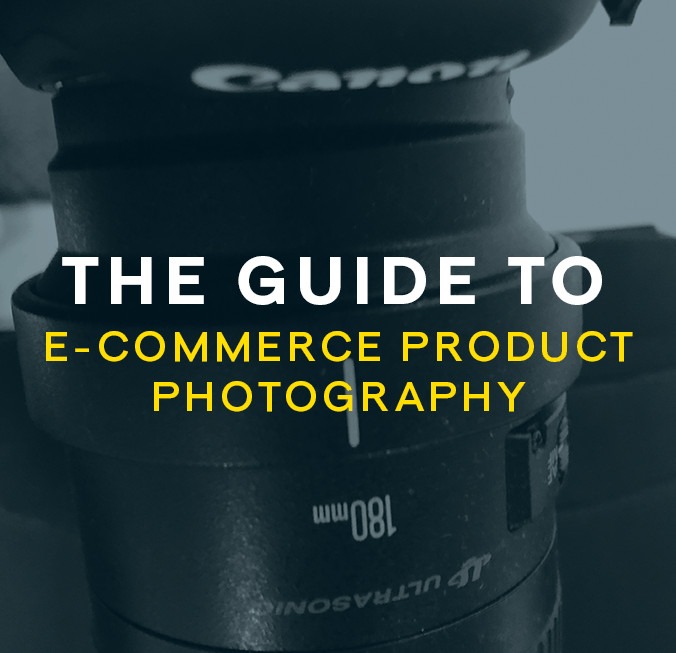
Online shoppers want the best of both worlds: the experience of browsing in a store, but the convenience of purchasing online. To win in e-commerce, especially as research and transactions are increasing on mobile devices, online sellers need to showcase authentic and interactive product experiences during customer interactions. In this guide, we provide tips to improve your e-commerce product photography as well as the SEO, conversion, and revenue benefits 360-degree photography offers.
The Importance of E-Commerce Product Photography
E-Commerce product photography can make or break your business. Online, your images are your products. The quality of your photography will often decide whether or not someone will make a purchase, so it is critical you do it right. While there are numerous advantages to online shopping, the challenge is replicating the benefits of the in-store experience. That’s why it’s incredibly important to showcase your products in the most interactive and authentic way possible. Here are five tips to make your e-commerce product photography better for today’s shopper.
5 Tips to Improve Your E-Commerce Product Photography
1. Work With Versatile Product Photography Equipment
Utilizing equipment that allows for multiple configurations means you are not limited. Our 360-degree equipment is designed to capture products as small as a microchip, complex as a children’s toy, or as large as a car. The versatility of 360-degree equipment makes it suitable for photographing almost any product in an e-commerce photography studio.
2. Use Lighting to the Advantage of Your Product
A deep depth of field is required to keep everything in focus for spin photography, meaning you need a lot of light to illuminate the products. At 1WorldSync, we use Broncolor strobes for their color accuracy and consistent output, both important factors when showcasing images online. This allows for the product to “come alive.”
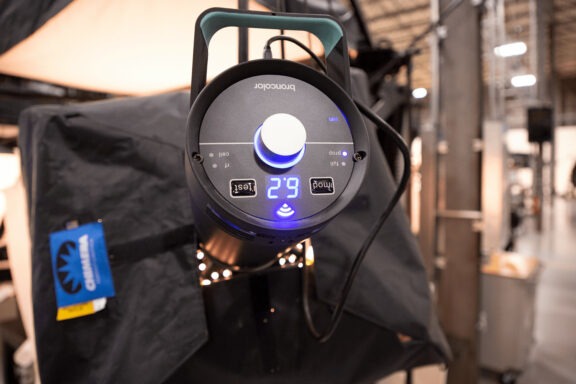
3. Use a Canon 5D IV Camera
The Canon 5D IV camera has become a workhorse of many commercial photography studios due to its sturdy construction and 30-megapixel CMOS sensor. The pixel count allows for a deep level of zoom, providing the ability to see intricate details. The 24-105 zoom lens allows for quick changes depending on the product size.
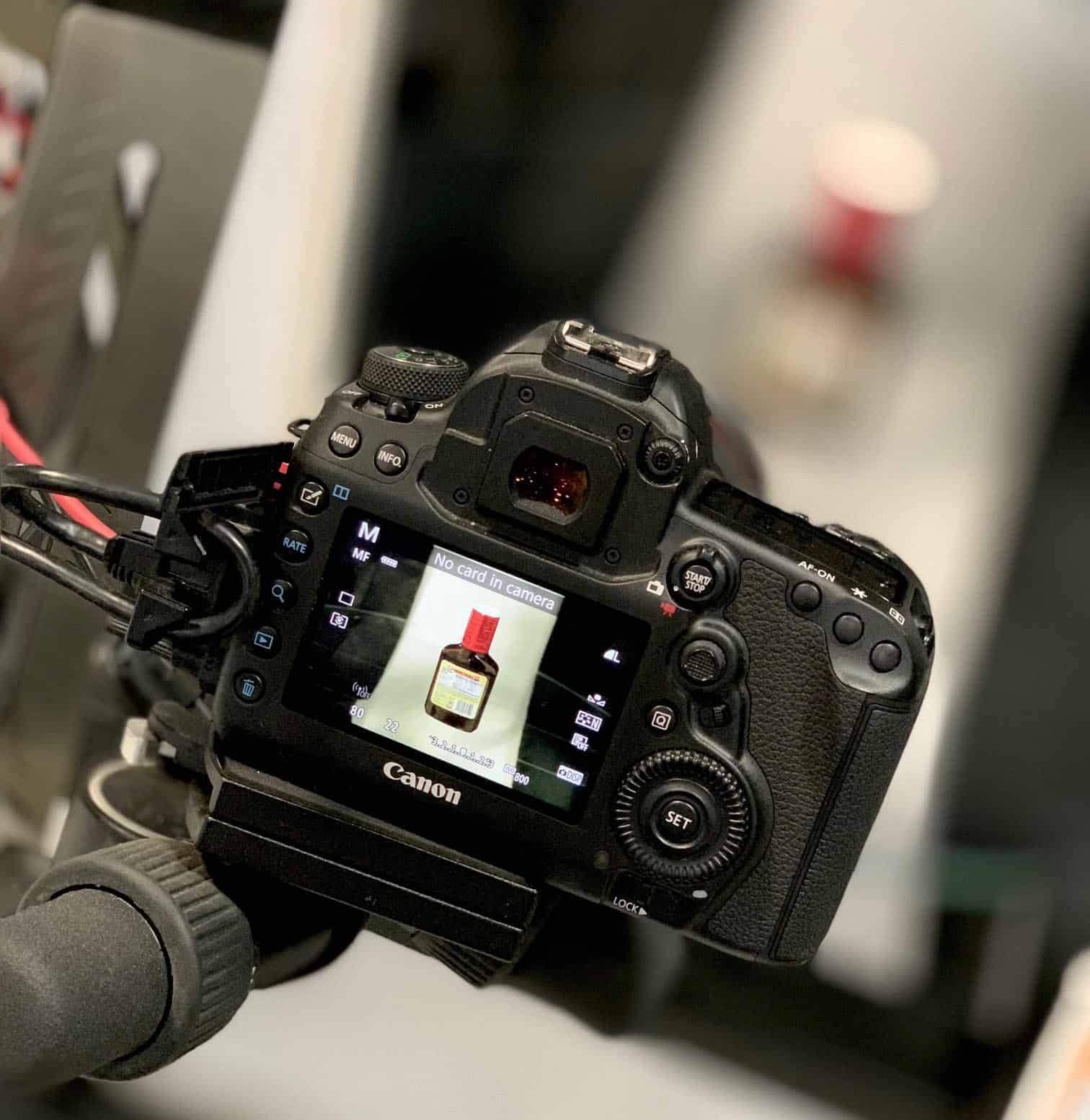
4. Show Multiple Angles and 3D Animations
Seven or eight images are good, but you can’t beat a comprehensive 360° view, typically comprised of 24-72 images. A spin showcases moving and hidden product features and provides detailed product information during every stage of the customer’s experience. To create an even further interactional experience, we recommend using animated 3D photography. An animation is used to show how customers would interact with a product that has multiple pieces, as if they were touching or moving it in person.
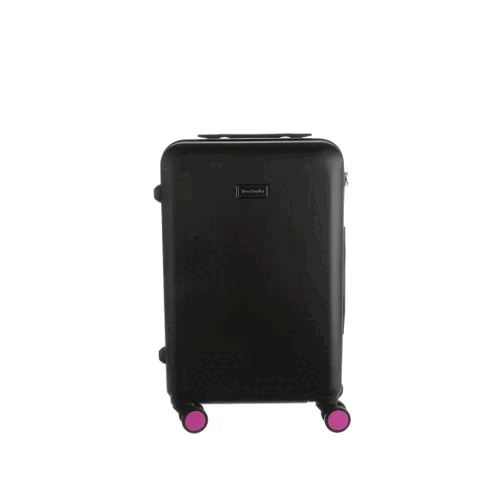
5. Consistent Product Photos
Consistency is key for e-commerce product photography. By using 360-degree automated photography equipment, it ensures photos are captured at precise and steady angles. Since it is computer-automated, this eliminates the potential for manual errors, such as measuring product orientation angles by hand. Additionally, since you own the content you can deploy the product imagery to any retailer or distributor websites, providing consistency across the multiple channels you sell on.
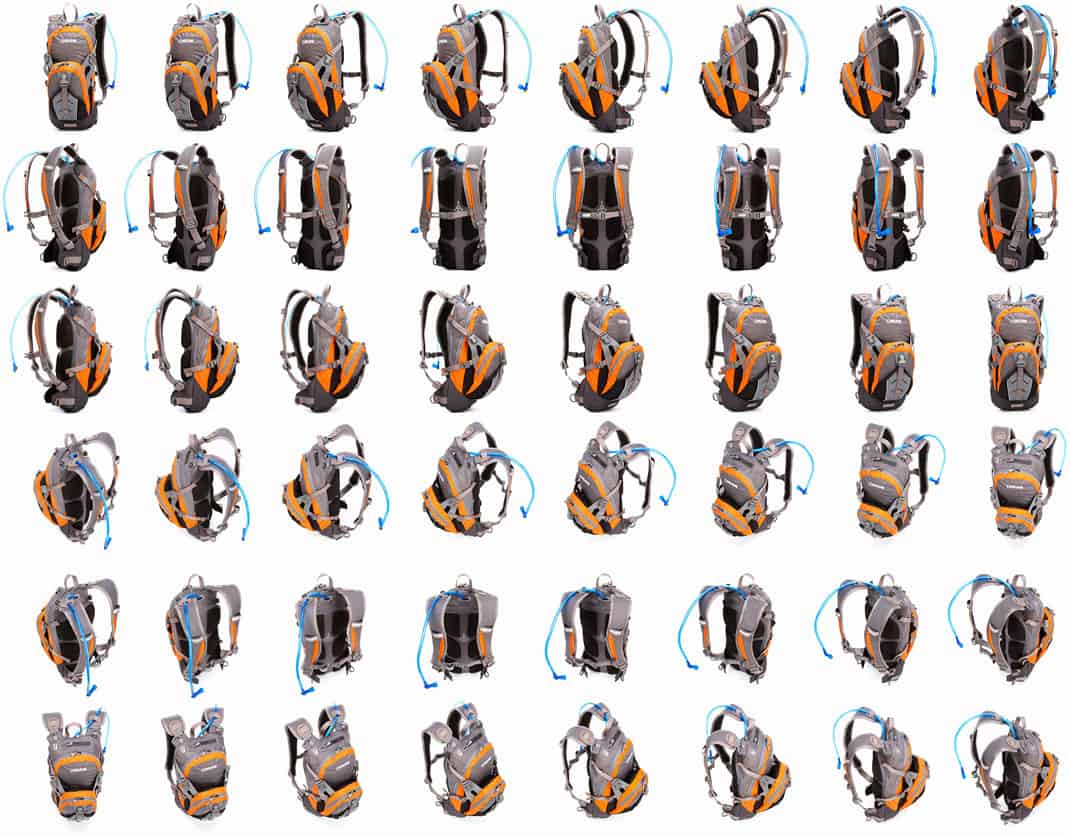
What Benefits Does 360-Degree Photography Offer for E-Commerce?
Increases Daily Throughput
With an efficient 360-degree e-commerce photography studio, you can improve your company’s overall efficiency and throughput. While product complexity and style will dictate actual productivity, it is possible to capture spin images for over 200 products per day per photo station , which can result in over 20,000 images. On average, our customers have increased daily product throughput by 40% and reduced e-commerce photography costs by 50%, enabling them to allocate resources more efficiently.
For example, PUMA increased their throughput and moving from 2-week to same-day turnaround times when using 360-degree automated photography equipment. This helps their sales team do their jobs more effectively.
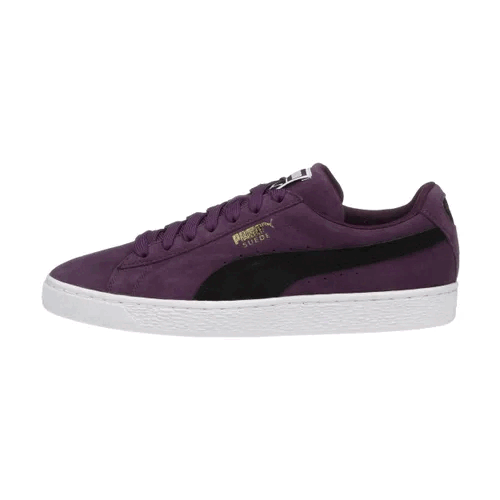
Increases Sales, Reduces Returns
With online shopping, consumers are taking a risk of not being satisfied with the item and eventually returning it. Whether you are shopping on a B2B or B2C e-commerce site, 360 e-commerce photography provides consumers with purchase confidence, ultimately leading to higher sales and fewer returns.
TPI Corporation (manufacturer of electrical heating units, industrial lights, and ovens) saw a 58% increase in sales on grainger.com since adding enhanced product content. Home Depot saw a 35% decrease in returns since adding 360-degree imagery to its own e-commerce site.

Higher Rankings on Google
Poor or missing images will prevent your business from participating in marketing campaigns like Google Shopping, which can be highly critical for e-commerce success. Google will actually disapprove images from the campaign if they are too small, poor-quality, or don’t have white backgrounds. Providing high-quality 360° provides more relevance in search and better SEO through longer dwell time.
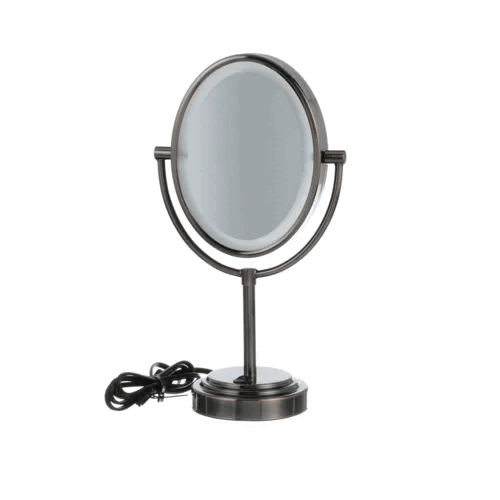
The Future of E-Commerce Product Photography
Many times, businesses are unaware of their future image needs. This is increasingly true as new visual platforms — such as visual search and virtual and augmented reality — become more mainstream. By capturing 24, 48, 72, or 96 images of a product from all angles, companies acquire a content repository of individual assets that can be used for a countless number of marketing and sales needs, including in-store displays, email campaigns, e-commerce websites, mobile applications, and VR/AR without having to reshoot individual products.
We live in a visual world and it is no longer enough to provide one or two images for your e-commerce photography. We’ve often got a mindset that photography is supposed to be flat. But what if photography was just invented yesterday – would you expect products online to be flat? Picking up products on a shelf should be no different than what you can do online. And if you think of online differently, you’re in the dark ages. To learn more about 360-degree product photography for e-commerce, get in touch!
